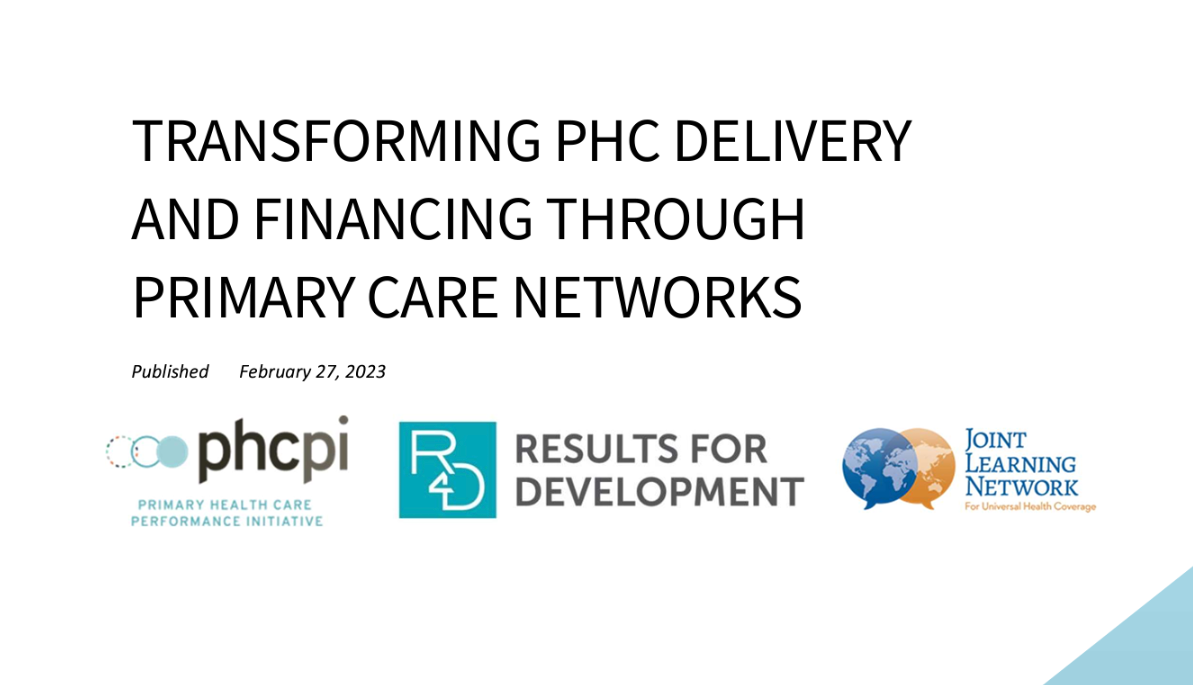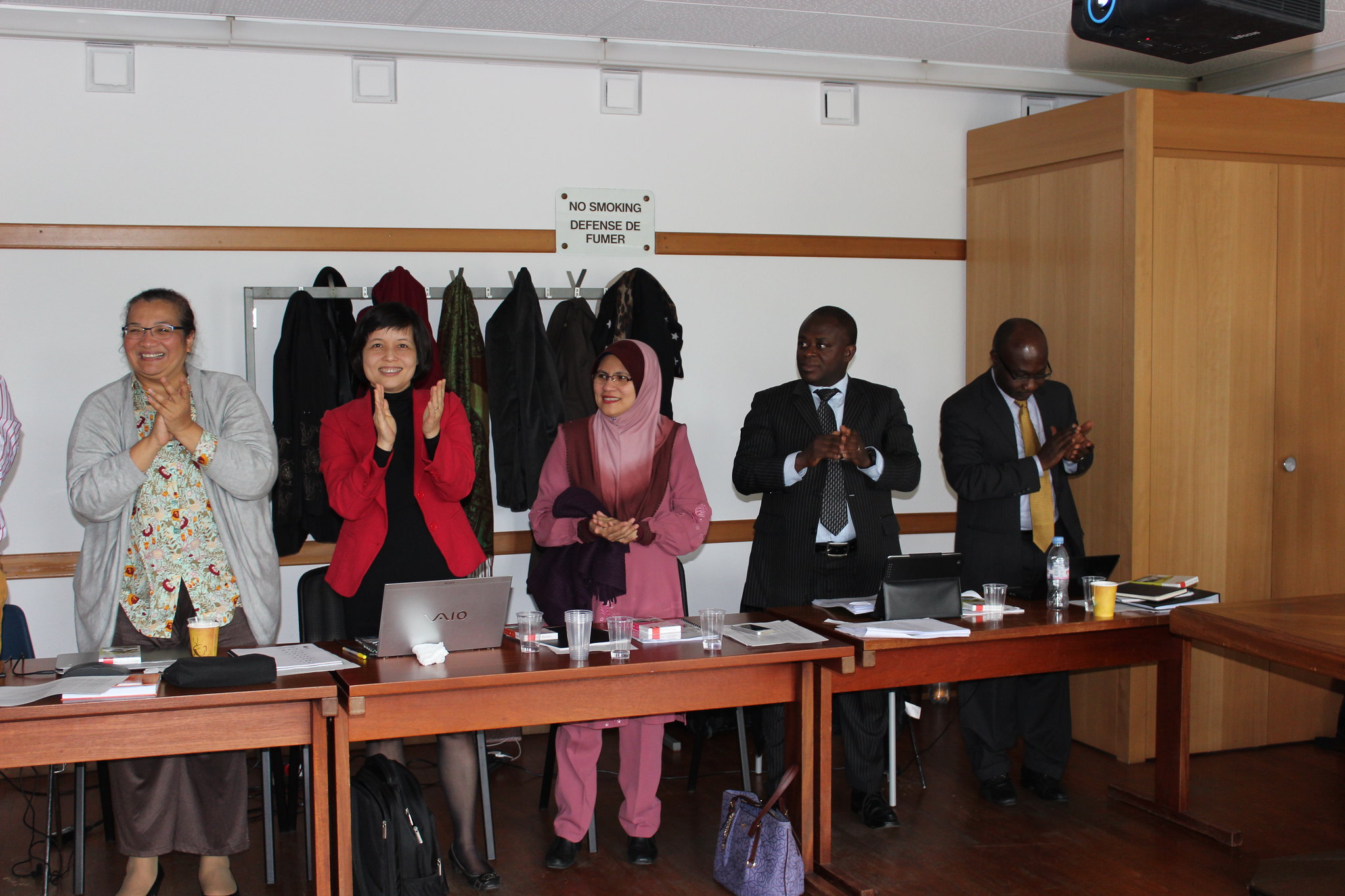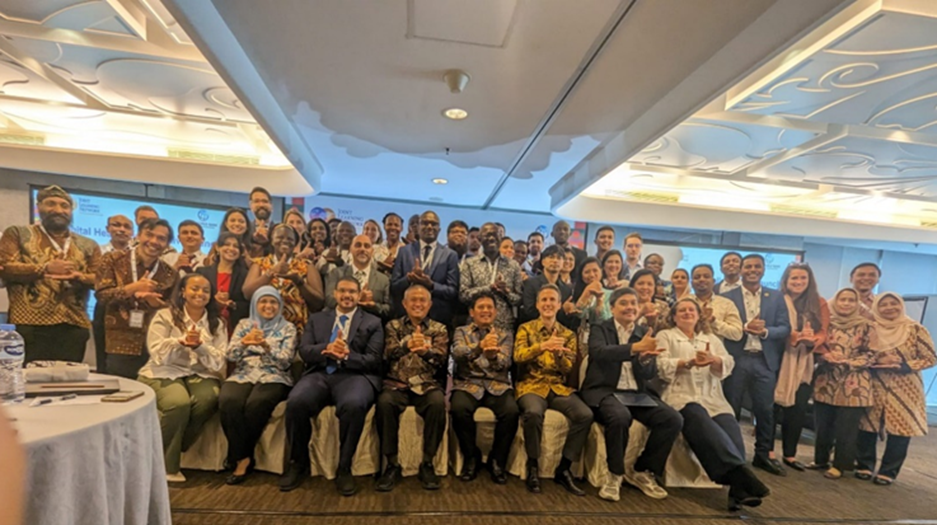The Joint Learning Network for Universal Health Coverage (JLN) is an innovative, country-driven network of practitioners and policymakers from around the globe who co-develop global knowledge products that help bridge the gap between theory and practice to extend health coverage to more than 3 billion people.
Knowledge Products (KP) Showcase Series 2
We are delighted to announce the JLN Knowledge Product (KP) Showcase Series to provide greater exposure to JLN’s recently concluded and ongoing work. The KP Showcase Series aligns with the interest of JLN Country Core Groups, providing an opportunity for key decision-makers and policymakers to get better acquainted with available products and approaches for developing and scaling sustainable innovations for attaining UHC in their respective countries. It also aims to develop a thriving ecosystem by providing a platform for JLN member countries to share their experiences of documented successes and challenges in adapting and implementing JLN Knowledge Products, hence fostering collaboration and knowledge sharing within the JLN community.
This is the second event of the series that revisits popular knowledge products by conducting a deep dive into, A Practitioners Handbook and Toolbox for Identifying the Poor and Vulnerable
Date: 27th June 2024
Time: 7:00 -8:30 AM EST
Venue: Online



